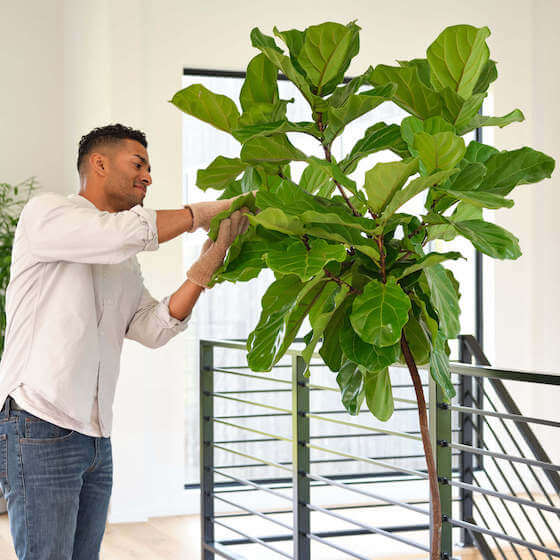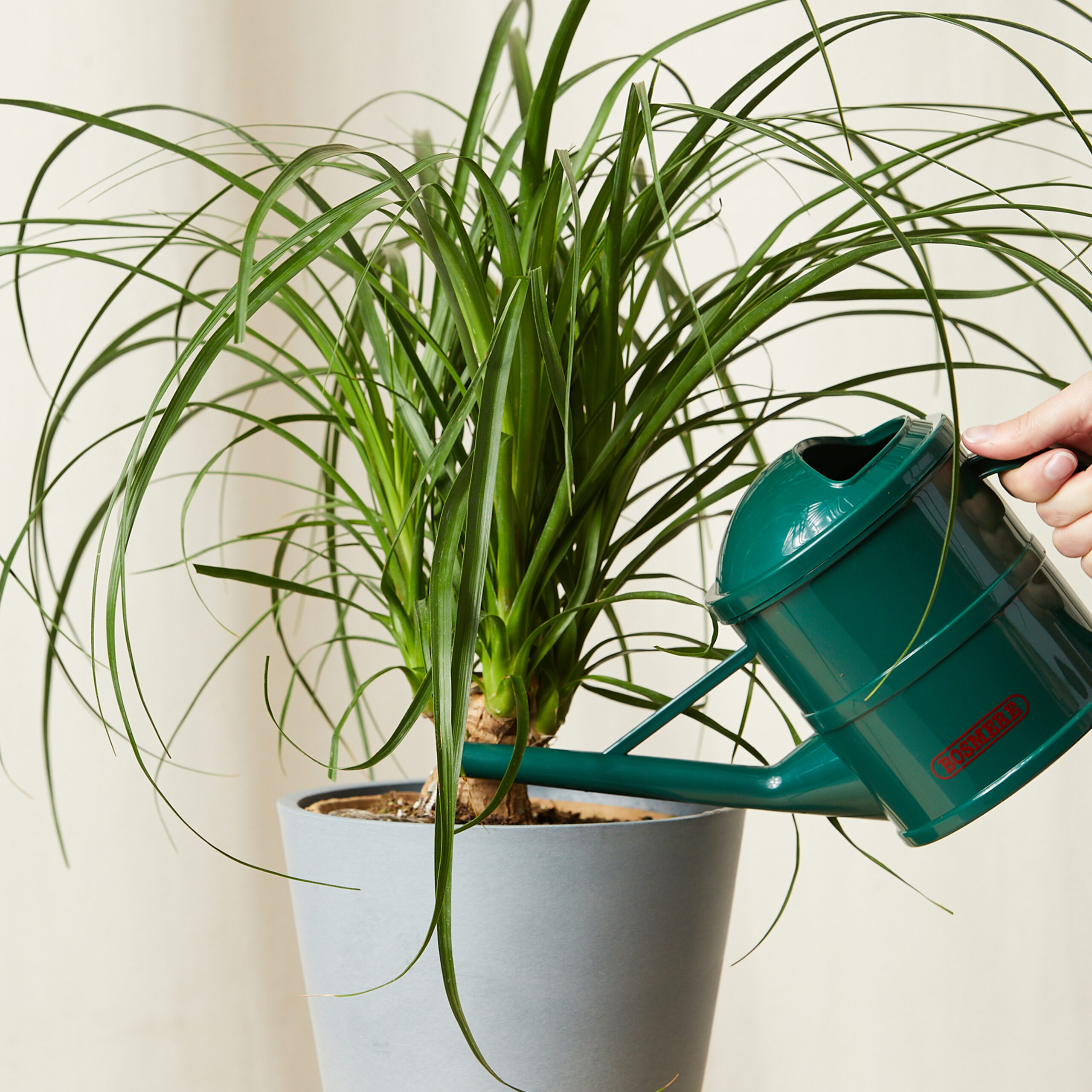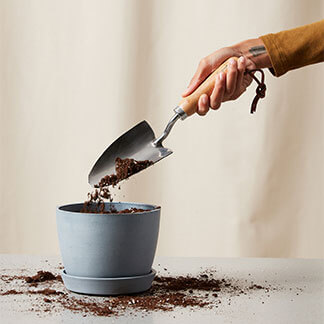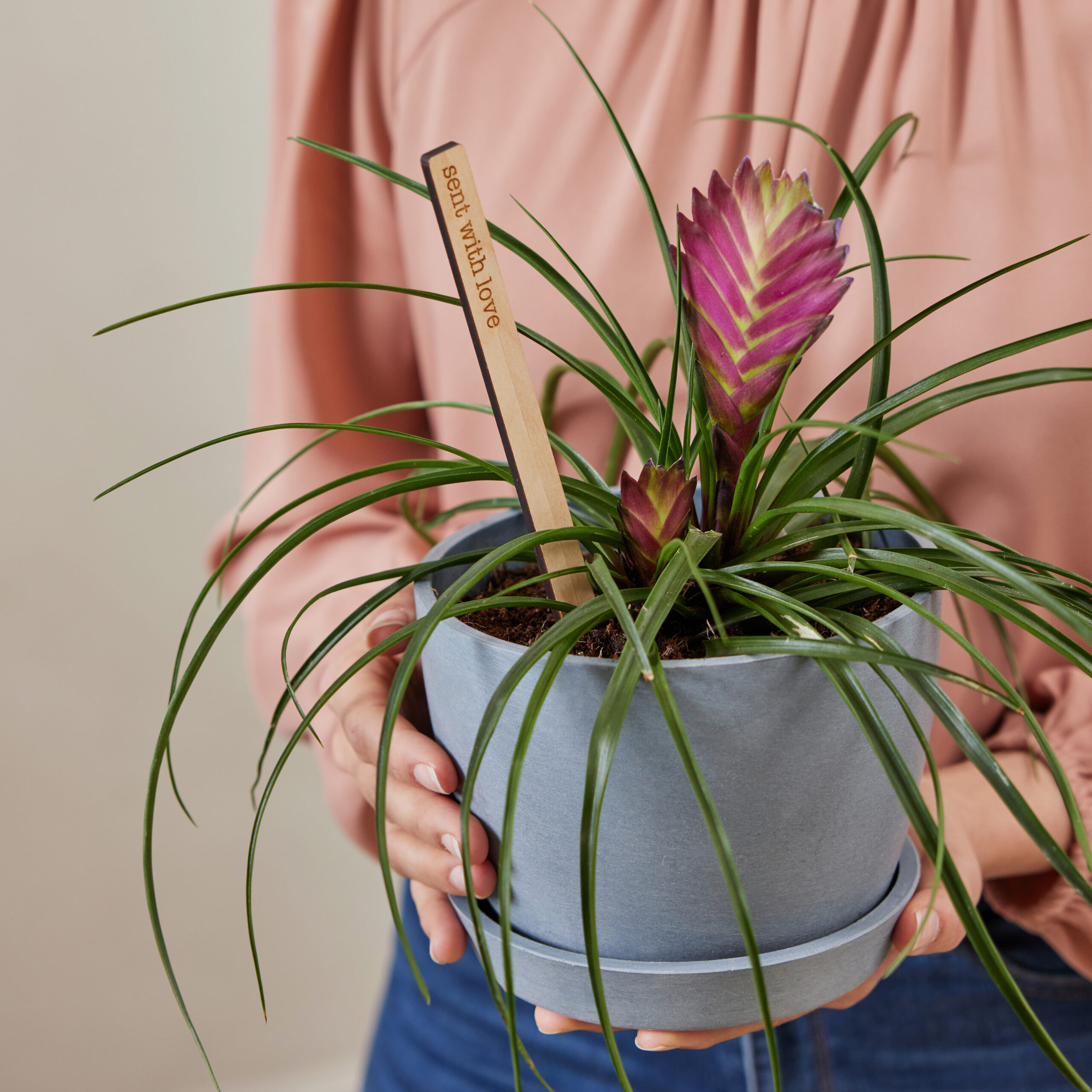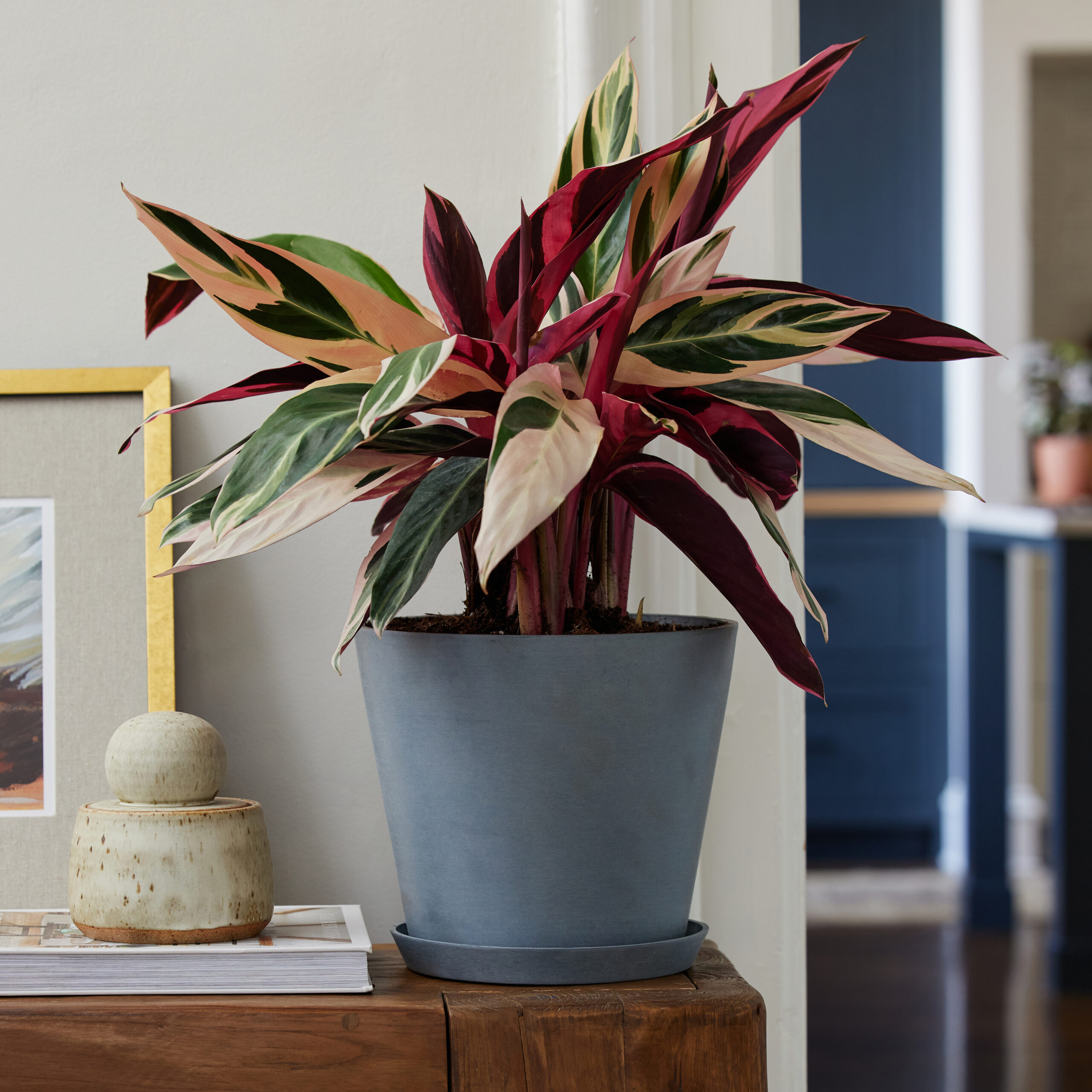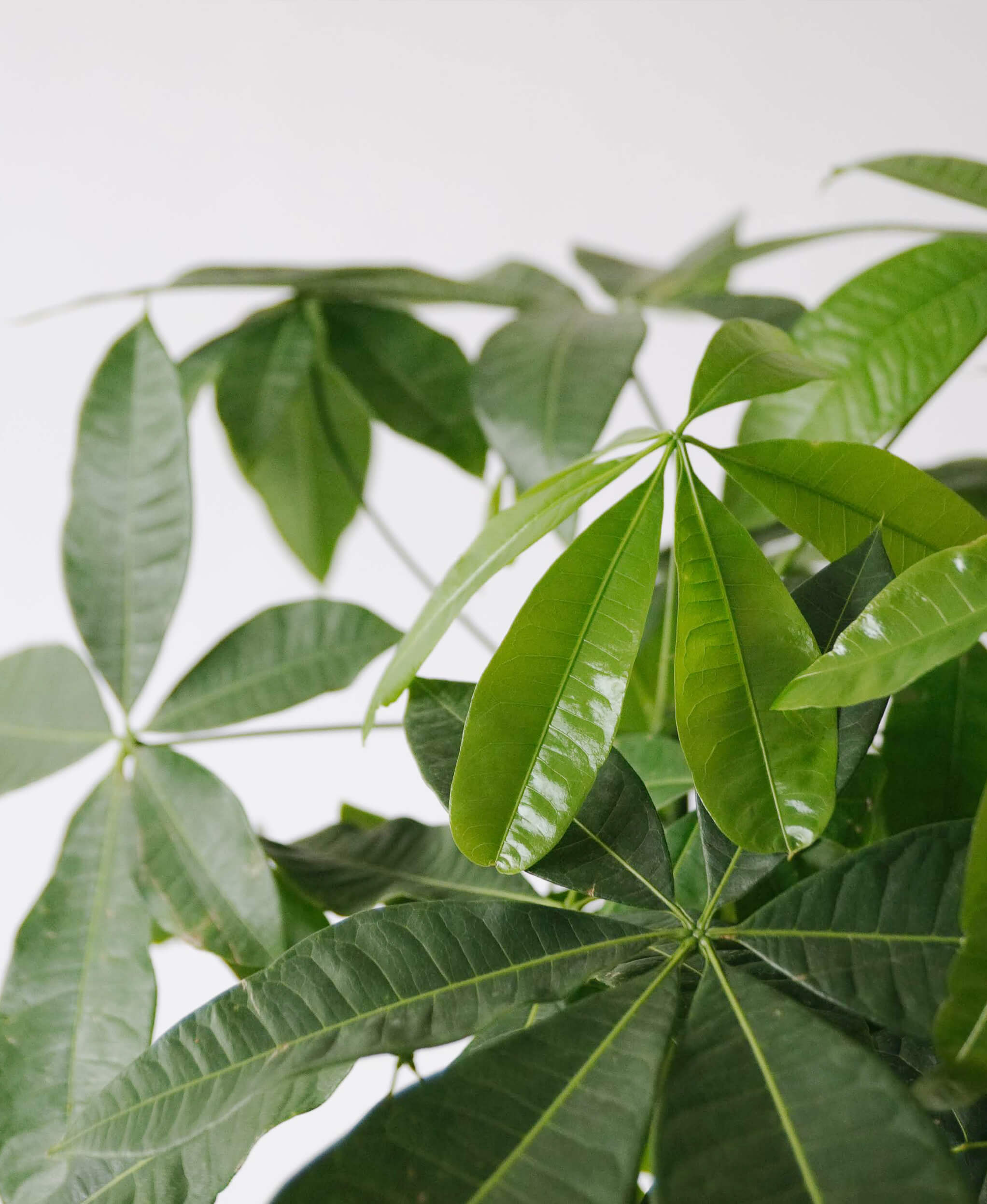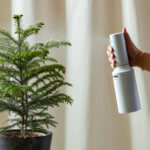Moisture
The top culprit behind why the leaves on your Money Tree are turning yellow is improper soil moisture, particularly from watering the plant too frequently. Your Money Tree prefers deep but infrequent watering when the soil volume is 50-75% dry. When watering your Money Tree, be sure you provide enough water so that liquid flows from the drainage hole at the bottom of the pot and into the saucer.
It’s extremely important to discard any excess water in the saucer and not to let your plant sit in any standing water. Money Trees don’t like “wet feet,” which will cause the roots to rot and lead to the eventual death of the plant. Yellow and browning leaves are the first sign that root rot may be occurring.
Your Humidity Level
Low humidity and dry soil can cause leaves to droop and brown on their edges, which can later be followed by Money Tree leaves turning yellow, brown, or shedding completely. Your Money Tree will appreciate a boost in humidity from regular misting using a mister, a humidifier, or the use of a pebble tray. To learn how to increase the humidity for your houseplants, check out our blog.
Improper Light
Lighting issues are a common reason why Money Tree leaves turn yellow. These plants grow best in bright, indirect sunlight. If your Money Tree is exposed to direct sunlight for extended periods, its leaves can scorch and turn yellow or brown. On the other hand, very low light conditions can also cause yellowing, as the plant struggles to photosynthesize properly.
While Money Trees can adapt to medium or lower light, you may notice slower growth or leaf discoloration. If your space doesn’t receive enough natural light, consider using a Grow Light to mimic bright indirect sunlight and help your Money Tree thrive indoors.
Pests
Pests are another common reason your Money Tree leaves may be turning yellow. A stressed or weakened plant — often due to poor lighting, low humidity, or overwatering — is more vulnerable to insect infestations. Sap-sucking pests like spider mites, mealybugs, and scale insects are especially common in indoor environments. These bugs feed on your plant’s moisture, quickly leading to yellowing leaves, drooping, or leaf loss.
If left untreated, these tiny insects multiply and hide in the plant’s stems, leaf joints, and crevices, making them harder to eliminate. Their piercing mouths continuously drain your plant’s energy, worsening yellowing symptoms. The good news? You can treat most infestations with a gentle insecticide like Neem Oil, or by wiping down leaves with insecticidal soap.
Some Yellowing Is Natural
If your Money Tree is producing new, healthy growth, a few older leaves turning yellow near the bottom of the plant is often completely normal. As the plant grows, it naturally redirects energy from older leaves to support new foliage.
This type of yellowing is part of the plant’s life cycle and not a cause for concern. You can gently remove the faded leaves to keep your Money Tree looking tidy and healthy.
